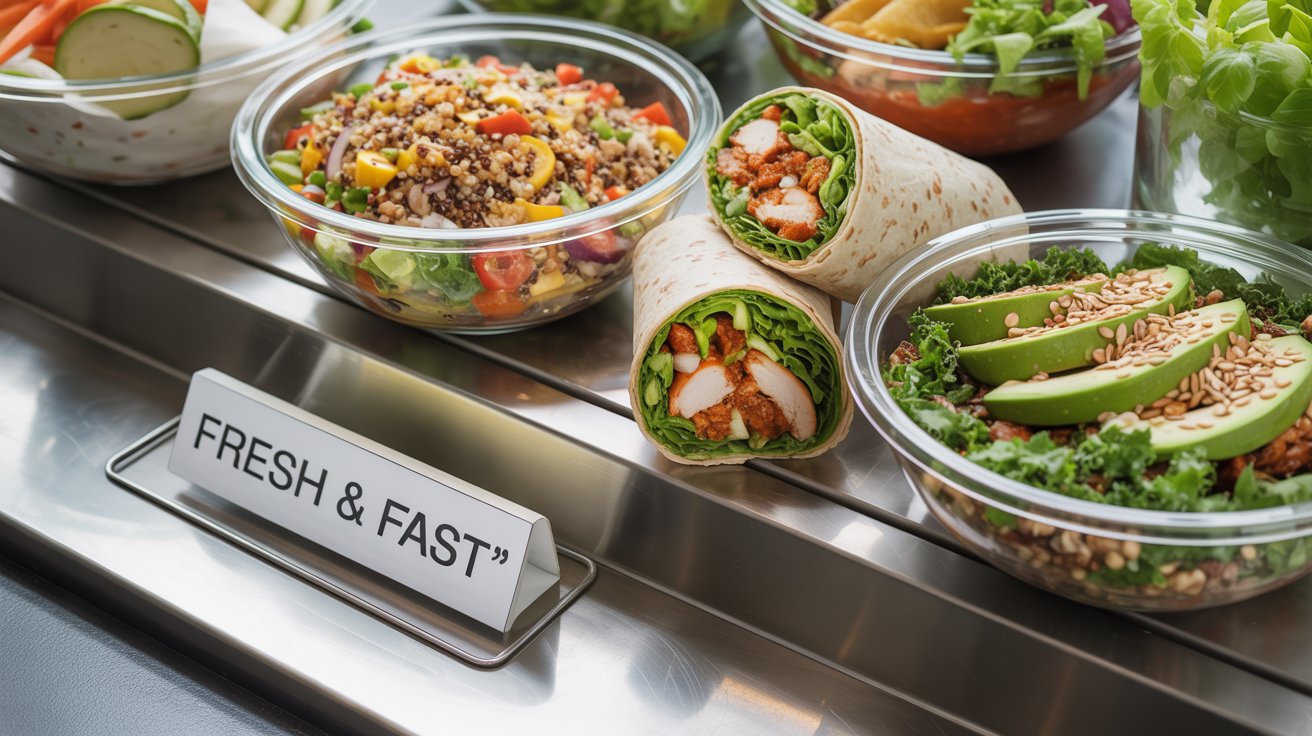Molecular gastronomy blends science and culinary art, using techniques like spherification and sous-vide to create innovative dishes. Pioneered by chefs like Ferran Adrià, this approach transforms textures and flavors, turning dining into a sensory adventure.
Core Techniques
Spherification forms liquid spheres, like “caviar” from fruit juice: mix 1 cup juice with 0.5% sodium alginate, drip into a calcium lactate bath (2% solution), and rinse after 1 minute. Sous-vide cooks food in vacuum-sealed bags at precise temperatures (e.g., 135°F for steak) for consistent texture. Foams, made with a siphon and soy lecithin, add airy textures—blend 1 cup stock with 0.5 tsp lecithin and whip. These methods rely on chemistry for precision.
Home Molecular Gastronomy
Try olive oil spheres: blend 100ml olive oil with 0.5g sodium alginate, drip into a calcium bath, serve on bruschetta. For sous-vide salmon, seal a fillet with lemon and dill, cook at 125°F for 45 minutes in a water bath (use a $100 sous-vide circulator). Make a mango foam: blend 1 cup mango puree with 0.5 tsp lecithin, charge in a siphon, and dispense over dessert. Kits from Molecule-R ($50) simplify home experiments.
Tools and Ingredients
Essential tools include a precision scale ($20), immersion circulator, and siphon gun ($80). Ingredients like sodium alginate or calcium lactate are available online (e.g., Modernist Pantry). A thermometer ensures exact temperatures for sous-vide. Books like Modernist Cuisine at Home or YouTube channels like ChefSteps guide beginners. Start with one technique, like foaming, to build confidence without overwhelming complexity.
Impact on Dining
Molecular gastronomy, popularized by El Bulli, inspires restaurants like Alinea, where dishes like edible balloons redefine dining. Home cooks adopt techniques for dinner parties—spherified cocktails impress guests. The approach elevates creativity, with 70% of fine-dining chefs using modernist methods, per a 2023 culinary survey. It’s science as art, turning meals into experiences.
Challenges and Tips
Precision is critical—0.1g errors in spherification ruin texture. Start with small batches and practice patience. Ingredients cost $10-20 per recipe, but reusable tools make it affordable long-term. Experiment with familiar flavors (e.g., tomato foam) before tackling complex dishes. Online forums like r/moleculargastronomy offer troubleshooting and inspiration.
Conclusion: Molecular gastronomy transforms cooking into a scientific playground. With techniques like spherification or sous-vide, you can create restaurant-worthy dishes at home. Grab a kit, start small, and turn your kitchen into a lab of flavors.
